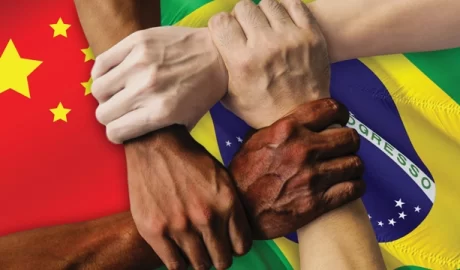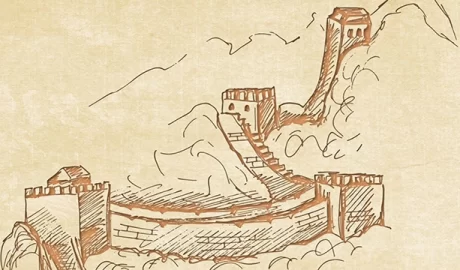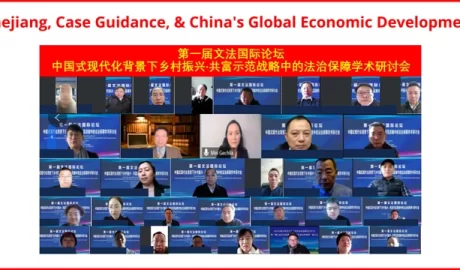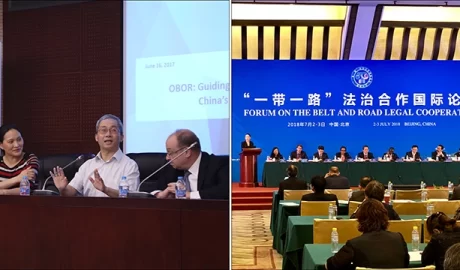From AI to Arbitration
Images: Peter Griffin, Bullet Train;
Victoria Borodinova, Bedouin, Desert, Caravan, Camels (Publicdomainpictures.net)
Long before the emergence of AI chatbots, China had already prioritized the development of AI, resulting in the promulgation of pioneering legislation to boost foreign investment. Applying similar long-term planning skills, China began years ago to revive the glory of Xi’an, the eastern terminus of the ancient Silk Road, by enhancing the city’s capacity to resolve legal disputes arising from China’s current Belt and Road Initiative. Xi’an’s recent hosting of the China–Central Asia Summit has signaled the city’s potential to facilitate again the economic development in this region. These achievements are quite remarkable. How did China get here and where will this likely lead to? Read this article






























